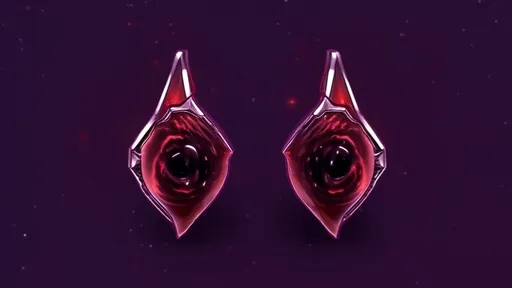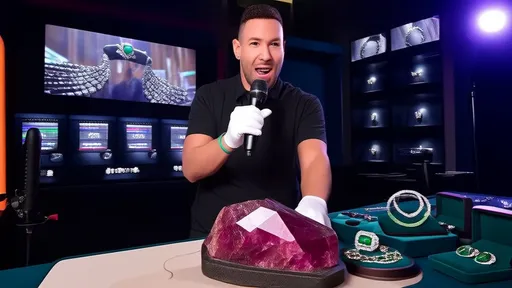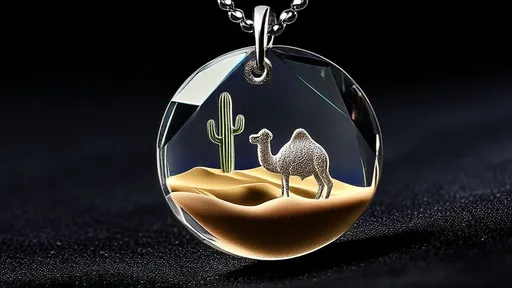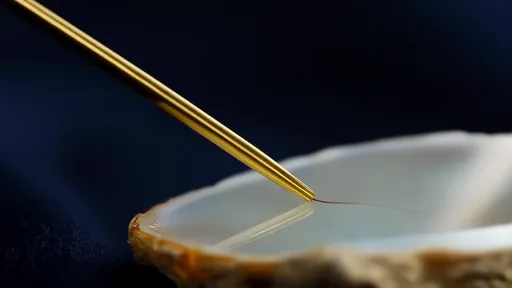The world stood still when astronomers first detected the anomaly. Our sun, the steady heartbeat of our solar system for 4.6 billion years, was showing signs of premature aging. Within decades, what began as theoretical models became terrifying certainty - Sol was dying centuries ahead of schedule. In the shadow of this cosmic catastrophe, humanity launched its most desperate preservation effort: Project Amber, an audacious attempt to bottle the last sunlight before eternal night.
Unlike typical disaster responses focused on survival essentials, Project Amber addressed a deeper human need - preserving the very essence of daylight itself. The initiative brought together materials scientists, quantum physicists, and even perfume chemists in an unlikely alliance. Their goal wasn't merely utilitarian; it was poetic: to create physical vessels that could store sunlight's intangible qualities - its warmth, its spectral dance, its psychological nourishment.
The breakthrough came from an unexpected fusion of ancient and cutting-edge technologies. Researchers discovered that specially treated Baltic amber, when combined with quantum dot matrices and photon-trapping metamaterials, could capture sunlight in a stable molecular suspension. Each palm-sized amber sphere, produced at enormous cost in underground clean rooms, could hold approximately forty-two minutes of concentrated sunlight. When activated, these orbs emitted not just light, but the complete solar spectrum including the subtle infrared warmth that makes sunshine feel alive.
Distribution became humanity's greatest ethical dilemma. With only 18 million Amber units projected for completion before solar extinction, allocation required brutal triage. Agricultural sectors received 40% for greenhouse sustenance. Medical facilities claimed 30% for treating seasonal affective disorders and light-deficiency illnesses. The remaining 30% sparked global controversy - should they go to museums preserving cultural heritage, to elite scientific outposts, or be distributed equally among citizens knowing each person would receive barely seconds of sunlight per year?
The psychological impact of these "sun coins" reshaped human civilization. Black markets flourished trading counterfeit amber. New religions emerged worshipping the last light. Artists created works only visible under the specific spectrum of preserved sunlight. Perhaps most haunting were the "sun listeners" - individuals who claimed the amber vessels whispered secrets when held close, though scientists dismissed this as auditory pareidolia from the material's photon vibration.
As Project Amber enters its final phase, workers are constructing massive "solar cathedrals" - heavily fortified repositories where the majority of amber units will be stored under armed guard. These windowless temples feature elaborate prism systems that can combine hundreds of units to recreate brief artificial noons. Meanwhile, rogue "sun pirates" attempt heists to liberate what they call "stolen daylight," while governments deploy increasingly draconian measures to protect the precious reserves.
The project's lead designer, Dr. Elara Mikkelsen, recently made a startling confession in her private journals: "We didn't just preserve sunlight. We changed its fundamental nature. Daylight was once a universal gift, something no one could own. Now it's become currency, privilege, contraband. In trying to save the light, I fear we've extinguished something more precious - its democracy." These words haunt us as humanity prepares for its first sunset that will never be followed by dawn.
What began as a technical challenge has become civilization's mirror. The amber spheres don't just contain photons; they hold human ingenuity, desperation, and all our unresolved contradictions about scarcity and equity. As we face the coming eternal night, one truth becomes painfully clear: we didn't just lose our star. We're witnessing the twilight of everything we thought we knew about sharing light in the darkness.

By /Jul 4, 2025

By /Jul 4, 2025

By /Jul 4, 2025

By /Jul 4, 2025

By /Jul 4, 2025

By /Jul 4, 2025

By /Jul 4, 2025

By /Jul 4, 2025

By /Jul 4, 2025

By /Jul 4, 2025

By /Jul 4, 2025

By /Jul 4, 2025

By /Jul 4, 2025

By /Jul 4, 2025

By /Jul 4, 2025

By /Jul 4, 2025

By /Jul 4, 2025

By /Jul 4, 2025

By /Jul 4, 2025

By /Jul 4, 2025